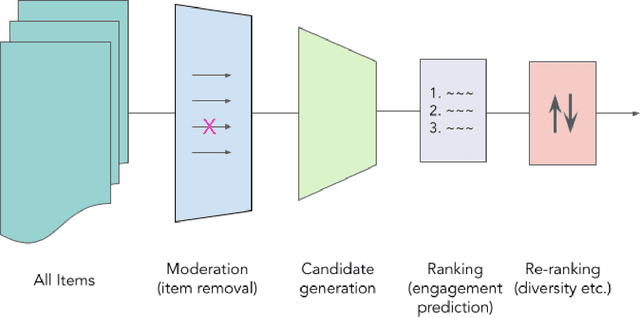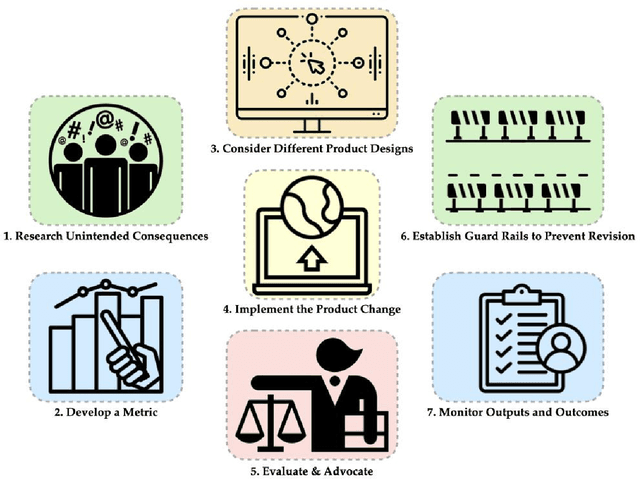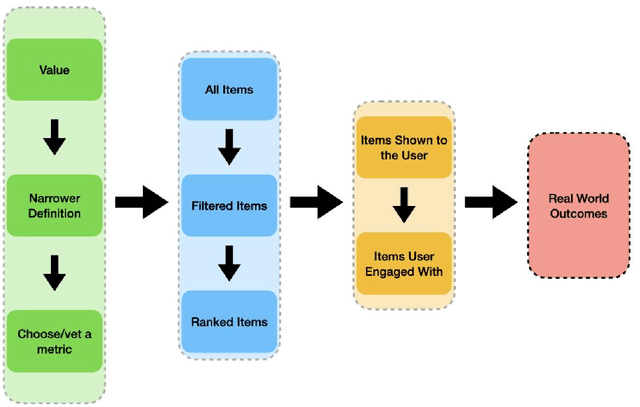Claire Leibowicz
Building Human Values into Recommender Systems: An Interdisciplinary Synthesis
Jul 20, 2022



Abstract:Recommender systems are the algorithms which select, filter, and personalize content across many of the worlds largest platforms and apps. As such, their positive and negative effects on individuals and on societies have been extensively theorized and studied. Our overarching question is how to ensure that recommender systems enact the values of the individuals and societies that they serve. Addressing this question in a principled fashion requires technical knowledge of recommender design and operation, and also critically depends on insights from diverse fields including social science, ethics, economics, psychology, policy and law. This paper is a multidisciplinary effort to synthesize theory and practice from different perspectives, with the goal of providing a shared language, articulating current design approaches, and identifying open problems. It is not a comprehensive survey of this large space, but a set of highlights identified by our diverse author cohort. We collect a set of values that seem most relevant to recommender systems operating across different domains, then examine them from the perspectives of current industry practice, measurement, product design, and policy approaches. Important open problems include multi-stakeholder processes for defining values and resolving trade-offs, better values-driven measurements, recommender controls that people use, non-behavioral algorithmic feedback, optimization for long-term outcomes, causal inference of recommender effects, academic-industry research collaborations, and interdisciplinary policy-making.
The Deepfake Detection Dilemma: A Multistakeholder Exploration of Adversarial Dynamics in Synthetic Media
Feb 11, 2021


Abstract:Synthetic media detection technologies label media as either synthetic or non-synthetic and are increasingly used by journalists, web platforms, and the general public to identify misinformation and other forms of problematic content. As both well-resourced organizations and the non-technical general public generate more sophisticated synthetic media, the capacity for purveyors of problematic content to adapt induces a \newterm{detection dilemma}: as detection practices become more accessible, they become more easily circumvented. This paper describes how a multistakeholder cohort from academia, technology platforms, media entities, and civil society organizations active in synthetic media detection and its socio-technical implications evaluates the detection dilemma. Specifically, we offer an assessment of detection contexts and adversary capacities sourced from the broader, global AI and media integrity community concerned with mitigating the spread of harmful synthetic media. A collection of personas illustrates the intersection between unsophisticated and highly-resourced sponsors of misinformation in the context of their technical capacities. This work concludes that there is no "best" approach to navigating the detector dilemma, but derives a set of implications from multistakeholder input to better inform detection process decisions and policies, in practice.
 Add to Chrome
Add to Chrome Add to Firefox
Add to Firefox Add to Edge
Add to Edge